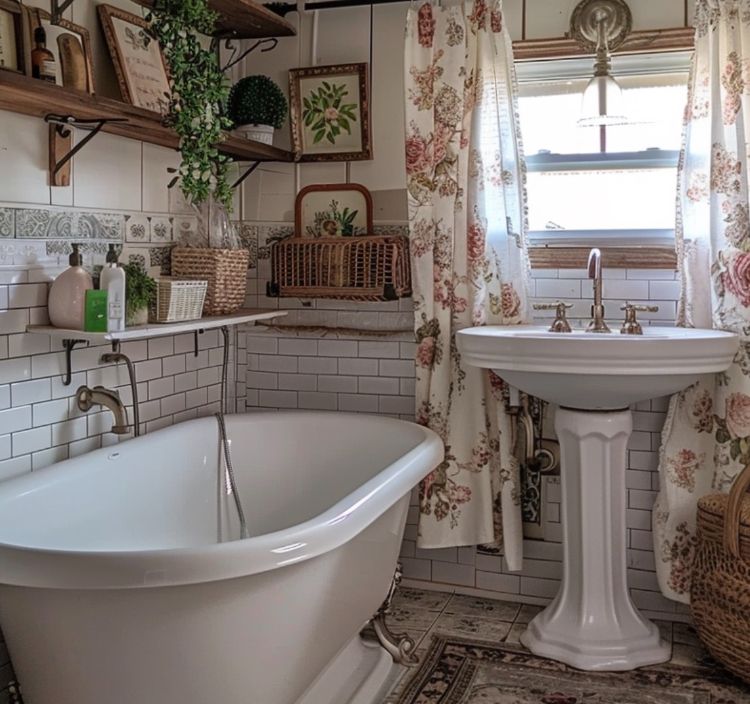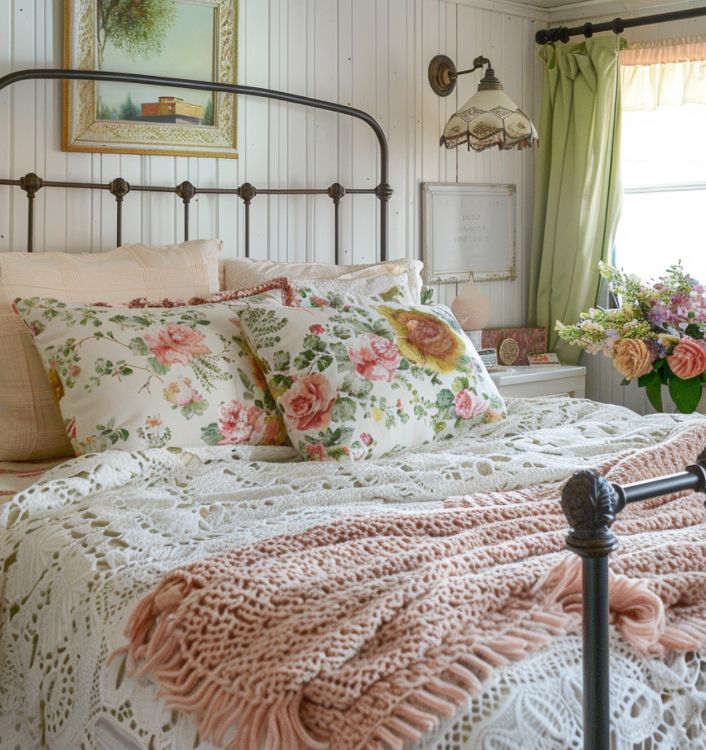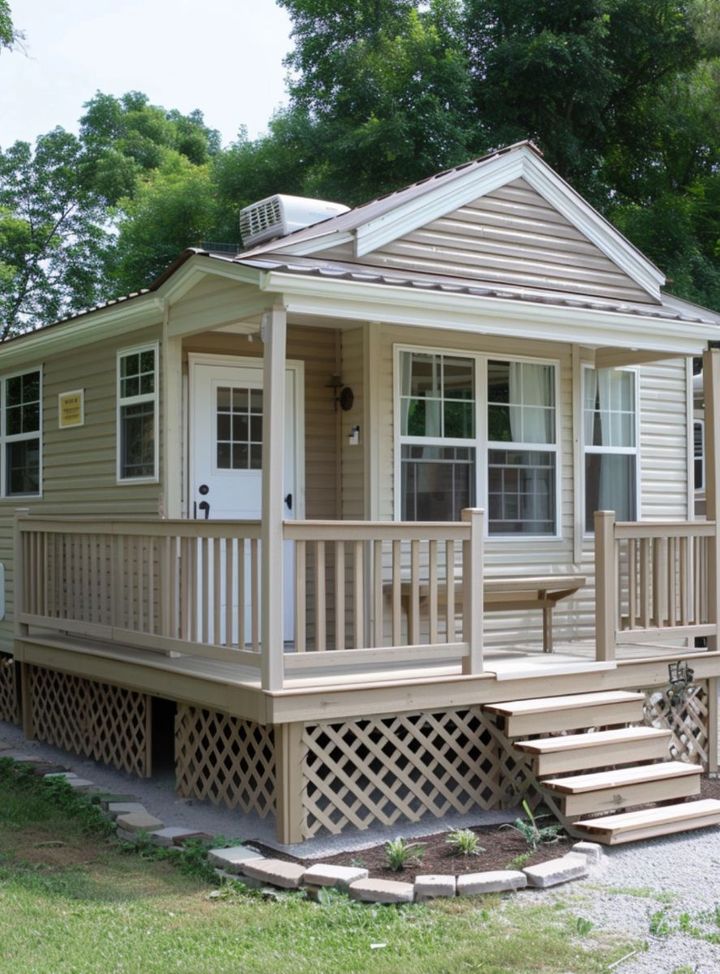For months, Clara lived in a fog of exhaustion and fear. A single mother of two young children, she worked tirelessly at a retail job that barely covered rent. When the store closed without warning, her income disappeared overnight. Bills piled up quickly, and despite her best efforts, she couldn’t keep the apartment that had been their safe haven. One day she found herself standing in the rain with her children and two small bags, nowhere to go and no idea what tomorrow would bring.
The shelters were overcrowded, and the generosity of friends could only stretch so far. Nights were spent moving from place to place, her children falling asleep on borrowed couches or curled beside her on thin mattresses in noisy communal rooms. Clara carried their weight—both literal and emotional—trying to shield them from the harsh truth of their situation. But every whispered “Mom, when will we have our own room again?” cut deeper into her heart.

The turning point arrived unexpectedly. A man named Thomas, a stranger who had overheard Clara’s story at the community center, approached her with an offer that felt too extraordinary to be real. He explained that he was part of a group building tiny houses for families in crisis. “We just finished one,” he said softly. “It’s yours, if you’ll take it.”
Clara thought her knees might give way. A home? For her and her children? After weeks of wandering with nowhere to belong, the thought felt like a miracle.
When she and her children arrived at the wooded clearing where the house stood, they stopped in awe. Nestled among tall pines, the little home glowed warmly in the late afternoon sun. Its cedar siding shone golden, and a small porch stretched across the front, complete with flower boxes blooming with vibrant color. Her children squealed and ran ahead, their laughter echoing through the trees.
Stepping inside, Clara’s breath caught in her throat. The tiny house was stunning. Wide windows filled the space with natural light, illuminating cream-colored walls and polished wood floors. A loft tucked beneath the sloping roof held two small beds dressed with bright quilts—perfect for her children. Below, a snug sofa faced a wood-burning stove, its iron surface gleaming. It was a scene of warmth and safety she thought she might never see again.

The kitchen looked like something out of a magazine. A farmhouse sink stood beneath a window that framed the forest beyond, marble-patterned counters gleamed, and open shelves displayed neatly stacked dishes. In the corner, a dining nook with three chairs invited family meals, conversations, and laughter. For Clara, who had relied on donated food eaten quickly in crowded shelters, this kitchen represented dignity restored.
The bathroom felt like pure luxury. Clean tiled walls, modern fixtures, and a skylight above that let in sunlight by day and stars by night. Clara touched the walls just to believe it was real. On the table, a vase of fresh wildflowers and a note that read, Welcome home, brought her to tears.
Her children rushed through the house, opening cabinets, climbing the loft ladder, and calling, “Mom, this is ours!” Clara sank onto the sofa, overwhelmed, holding her head in her hands as tears of relief flowed.
In the weeks that followed, their lives transformed. Clara cooked family dinners again, reading bedtime stories by the glow of the stove while her children drifted off in their loft. She decorated the shelves with drawings, photos, and little treasures, slowly making the house their own. Each morning, she woke to birdsong and sunlight streaming through the windows instead of the noise and uncertainty of shelters.
The tiny house was more than shelter—it was safety, beauty, and hope wrapped in wood and light. For Clara and her children, it was proof that even in the darkest times, the kindness of a stranger could build a miracle.


Leave a Reply